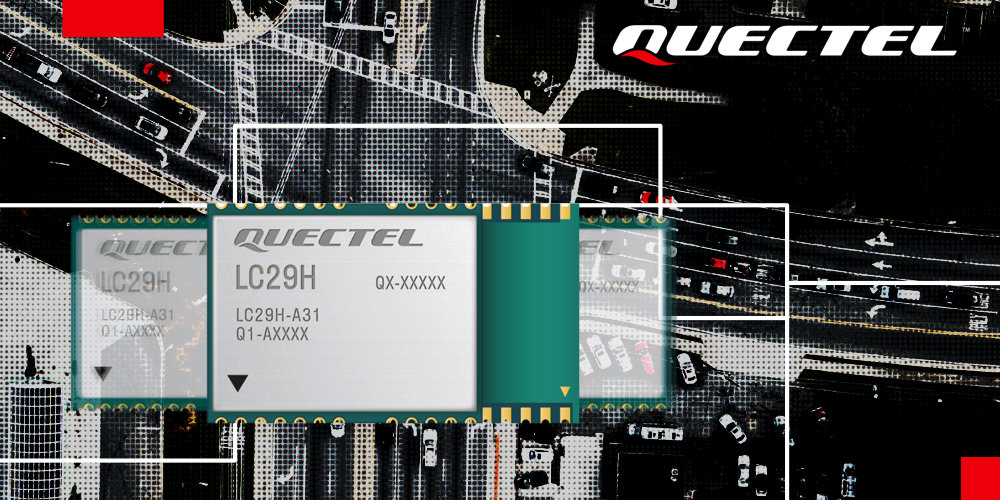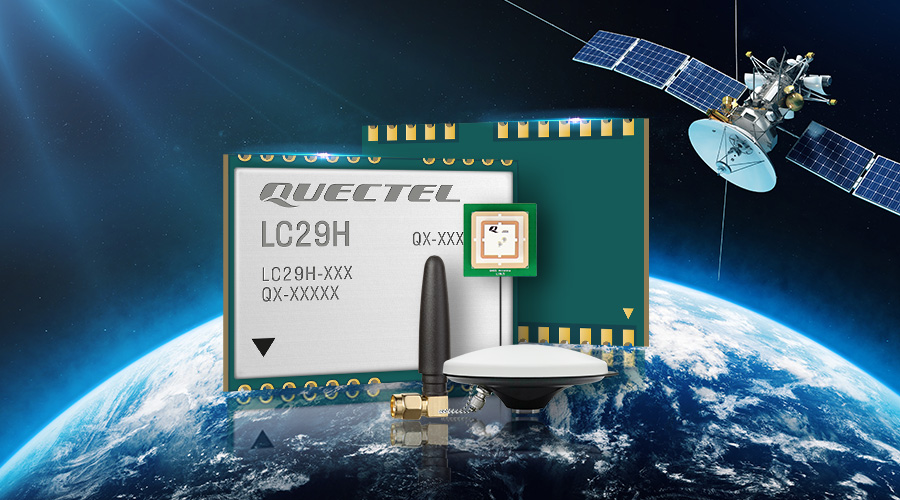How to overcome GNSS limitations?

Today, more and more devices on the market are using precise positioning, such as shared scooters and robotic lawnmowers. These solutions are becoming increasingly popular, both among private users and in industrial markets. According to forecasts by research firm IoT Analytics, the number of connected devices will grow rapidly, reaching 27 billion by 2025. Precision positioning-based solutions are becoming more widespread and significant for various sectors of the economy.
Where exactly do we see GNSS in the IoT market? Often we don't realize for how many areas it is a core component of operations. The use of precise positioning can include, for example, monitoring animals, cars, bicycles and runners during longer events over larger areas. The data collected in this way can provide both coaches and spectators with accurate live information, among other things, to enhance performance, improve training methods or the appeal of the show . Consumer and prosumer drones rely on precise location to enable complex activities such as creating drone light shows.
Why GNSS alone is not enough

While GNSS has proven to be a valuable positioning technology, it has some features that limit its effectiveness in certain scenarios. Essentially, GNSS must be able to "see" the sky to receive a direct signal from satellites. In reality, access to a direct signal is not always possible, and it cannot be relied upon as the only solution to ensure a device's accurate location at all times. The main challenges that make it difficult to achieve high accuracy and reliable positioning using GNSS are signal error, signal reflections and signal blockage.
Signal error. Due to the nature of GNSS, direct signals from satellites will be subject to errors due to satellite equipment, the atmosphere and the user's device. In open space, these errors will lead to several meters of positioning error.
Signal reflections. In urban environments, signal reflections are common due to the presence of structures such as buildings and walls. These reflections create challenges such as multi-path formation and non-line-of-sight (NLOS) problems. Multipath problems occur when both direct and reflected signals reach the receiver, while NLOS problems occur when only the reflected signal is recorded. These problems significantly degrade the accuracy of positioning systems, causing potential errors that can exceed 50 meters in harsh conditions.
Signal blocking. Signal strength from a satellite is as weak as a light bulb seen from space. Obstacles such as concrete walls and metal can easily weaken the signal before further transmission. The user will experience "no position" when most signals are blocked.
Overcoming the limitations of GNSS
There are three effective methods to deal with these challenges: multi-band GNSS, RTK positioning and Dead Reckoning (DR).

Multi-band GNSS: To mitigate the detrimental effects of multiple paths, multi-band GNSS uses multiple frequency bands, typically combining general L1 signals (GPS L1, Galileo E1, GLONASS G1 and BDS B1) and upgraded L5 signals (GPS L5, Galileo E5a and BDS B2a). The rationale behind this approach is the different characteristics of the different frequency bands. Although this article focuses on the L1 and L5 bands, there are other bands such as L2. The L1 band is susceptible to multi-path interference, while the L5 band shows better ability to mitigate multi-path interference. By integrating the two signals, a multiband GNSS system can effectively discriminate between direct and reflected signals, improving the accuracy of positioning results. In addition to the advantages of L5 signal characteristics, the implementation of multiband signals can also help mitigate the adverse effects of ionospheric interference on positioning accuracy.
RTK is a technique designed to counteract signal errors in GNSS positioning. It uses a nearby reference station with known coordinates or a network of reference stations (also known as Network RTK) to provide real-time correction data via a carrier (cellular, radio or satellite). The basic principle of RTK is to use differential carrier phase technique to compensate for typical satellite and atmospheric errors using correction data. This approach greatly improves GNSS accuracy to the centimeter or decimeter level in open or semi-open environments.
Dead Reckoning is a technique that provides continuous positioning even in the absence of GNSS signals. It relies on internal sensors (such as accelerometers and gyroscopes) and external sensors (such as odometers or velocity pulses) to estimate a vehicle's movement based on its initial position and subsequent changes in speed, orientation and position.
The basic principle of DR is that even in situations where GNSS signals are weakened or unusable due to reflections or blockages, vehicle movement can still be tracked by integrating data from these sensors over time. While DR does not provide absolute positioning, it can fill in GNSS signal gaps and offer reliable positioning estimates, making it valuable in scenarios where signal reflections or short signal gaps are common.
The Solution

For a long time, multi-band GNSS, RTK and DR technologies were only available to the automotive and industrial sectors. For mass-market applications, the hurdle is not only the technology itself, but also size, power consumption and, most importantly, cost. Quectel offers comprehensive solutions for the mass market of precision positioning, including multi-band, RTK, DR-enabled GNSS modules and well-calibrated precision antennas to meet all market needs. The Quectel LC29H series of GNSS modules is designed to meet the requirements of the mass consumer market and provides high precision, small size and low cost of the device. The modules have equivalent accuracy to those designed for industrial and automotive solutions,but achieve 70% less power consumption and enable 50% smaller solutions. To achieve high precision in a device, choosing an antenna with precise performance is key. Quectel offers a comprehensive range of antennas designed specifically for precision positioning. These antennas provide an optimal gain pattern, low axial ratio and minimal PCV (phase center variation) and PCO (phase center offset). In addition, Quectel provides additional services such as antenna design review and testing, ensuring optimal device performance.
If you are interested, we invite you to check out our range of GNSS modules
